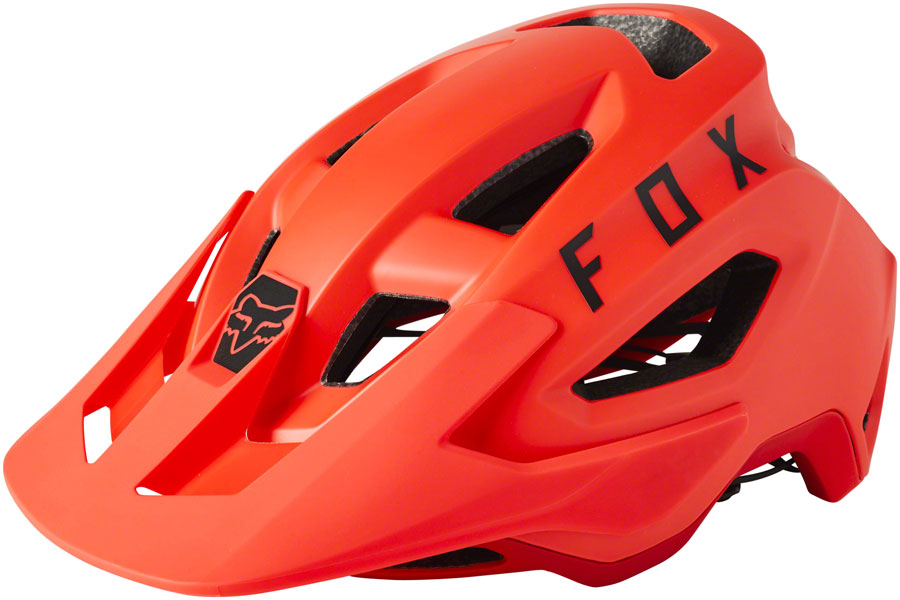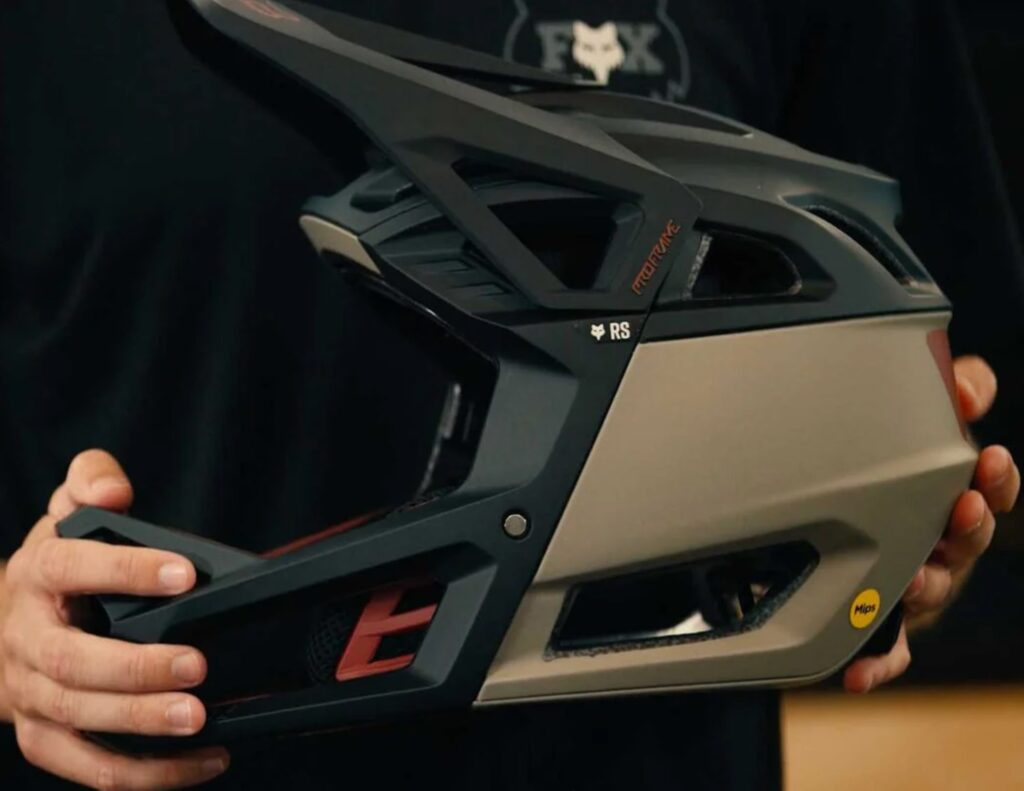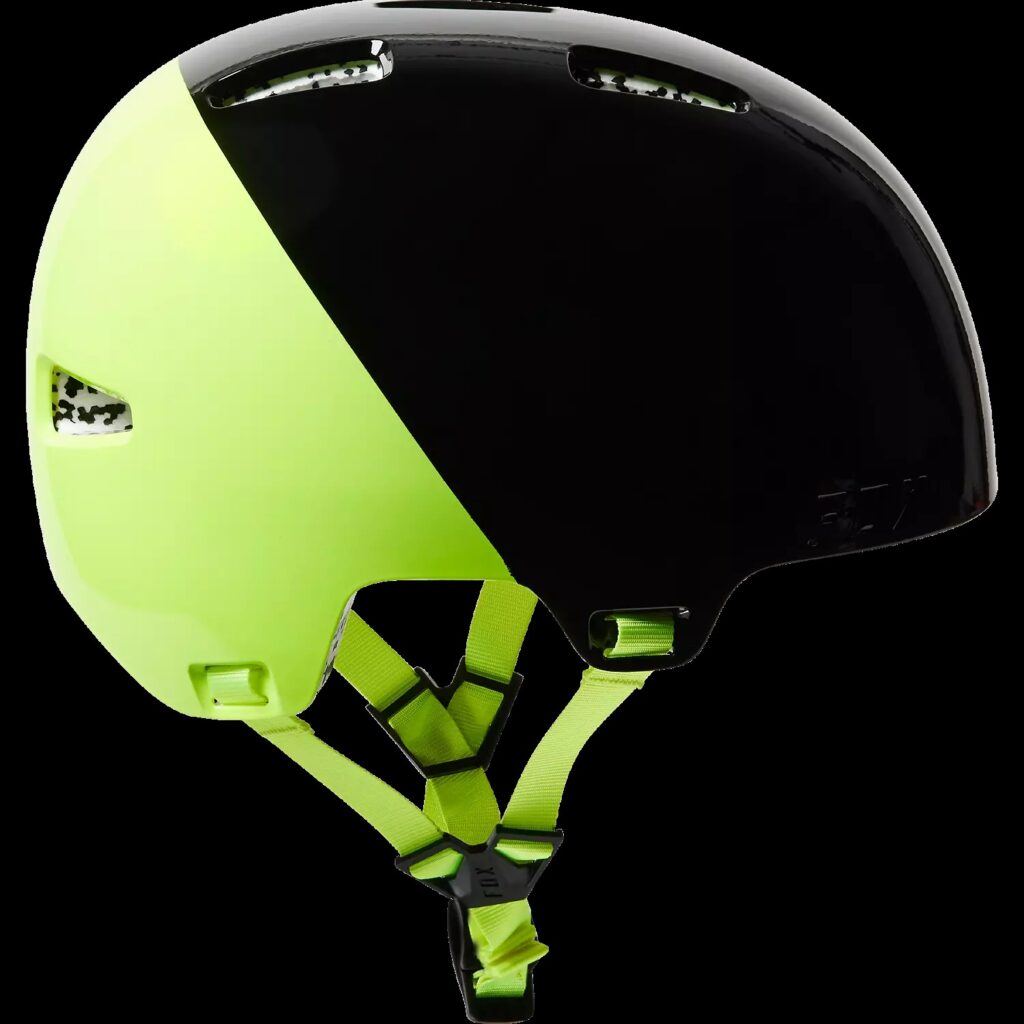
Find The Right Helmet
First thing: you need to wear a helmet. Your head is five feet off the ground, and even a tiny impact could be devastating. A helmet is cheap, but your head is not. And keep your kids from deciding they don’t like wearing a helmet. They don’t decide, you do. According to the Insurance Institute for Highway Safety, in the majority of bicyclist deaths, the most severe injuries are to the head. Helmet use has been estimated to reduce the odds of head injury by over 50 percent.
When you shop for a helmet, you need to try it on. Look for a comfortable feel and a good fit. Not too wobbly and not too tight. Every head is different. One style or brand will not fit everyone. Adjust the straps for a perfect final fit. Shop around.
You can choose the type of helmet that best suits your riding style. Most are fit for a particular purpose. Types include general purpose, mountain biking, road biking, skate park (bucket), downhill (full face), Children’s specific, and Aero. Children under 18 must wear a helmet in most states. Even riding a scooter should be done with protective gear and a helmet.
Don’t go too cheap. Plan to spend at least $45-$100. Make sure the one you buy has at least CPSC or EN-1078 safety test ratings. Stick to major, reputable manufacturers, such as Fox, Kali, Specialized, or Cannondale.
Replace that old helmet. Helmets have a limited life span, even just sitting in the garage. The foam deteriorates. Plan to replace it every 3-5 years. Immediately, if it’s damaged. Helmets should be considered disposable. Once impacted, they should be replaced, even if there are no significant signs of damage.
The latest development in helmet technology is the Multi-directional Impact Protection System (MIPS). It’s a thin, low-friction liner inside the helmet that allows the outer shell to slide a few millimeters across the skull on impact, reducing rotational force and the amount of energy transferred to the head. Rotational force is shown to be a factor in concussions. Many MIPS-equipped helmets are under $100. Other technologies found on Kali Protectives include LDL – Which consists of specially designed viscoelastic padding placed throughout the helmet, and Composite Fusion – which Incorporates layers of multi-density cone-shaped EPS foam.
Consider an ANGI transmitter. It calls for help after an impact. Communicating through a cell phone app, ANGI delivers ride statistics and can be programmed on who to call. Learn more on this new technology: ANGI.
We have a ton of helmets in stock. Find your favorite brand and color. See buying options: Helmets.
Copyright Randy Archer 2024


